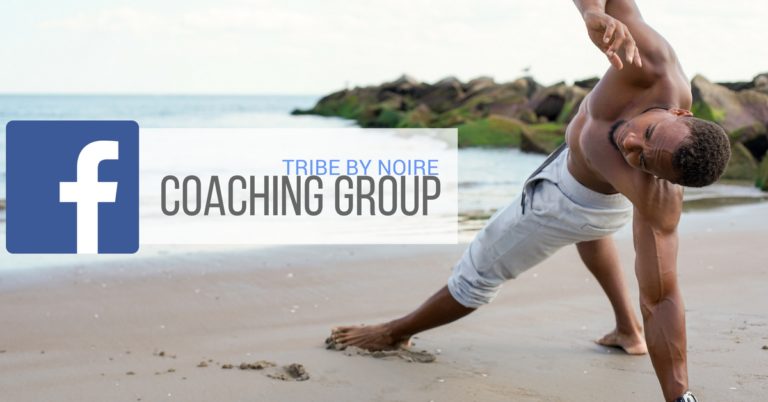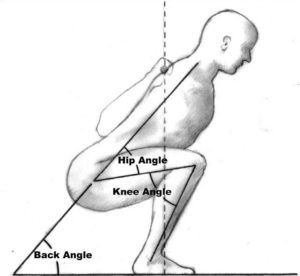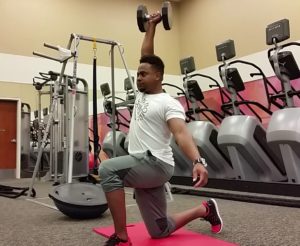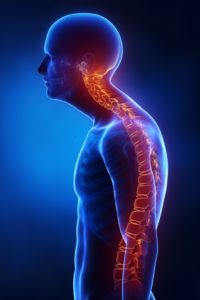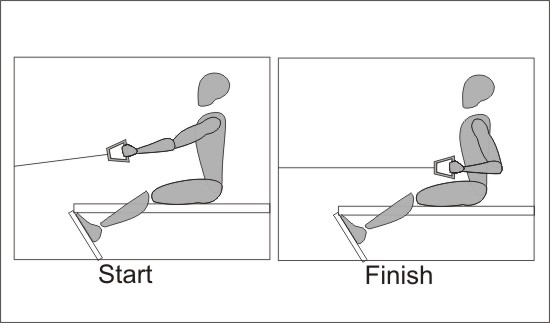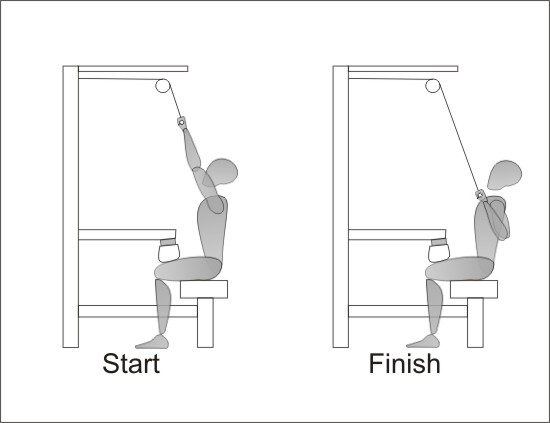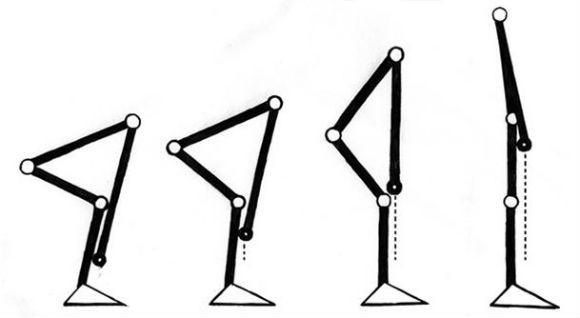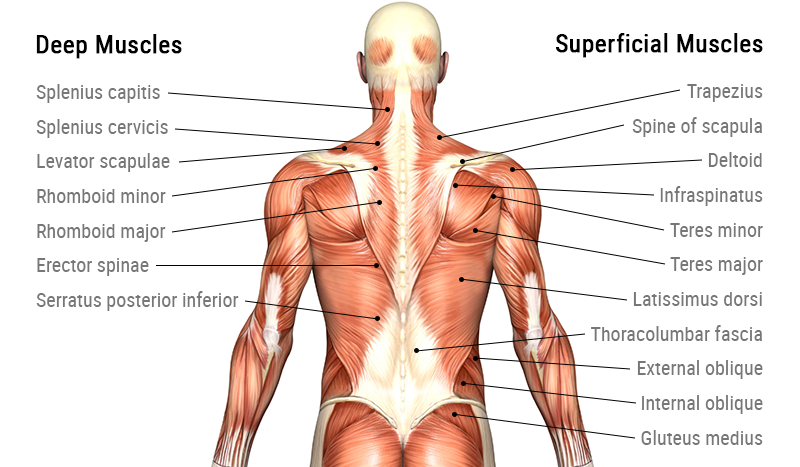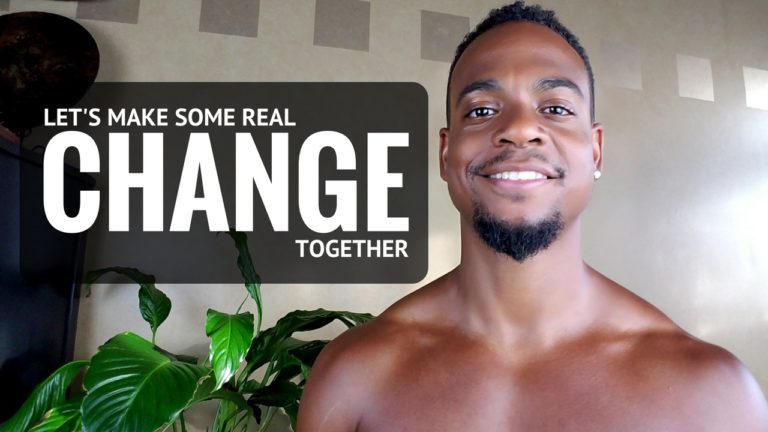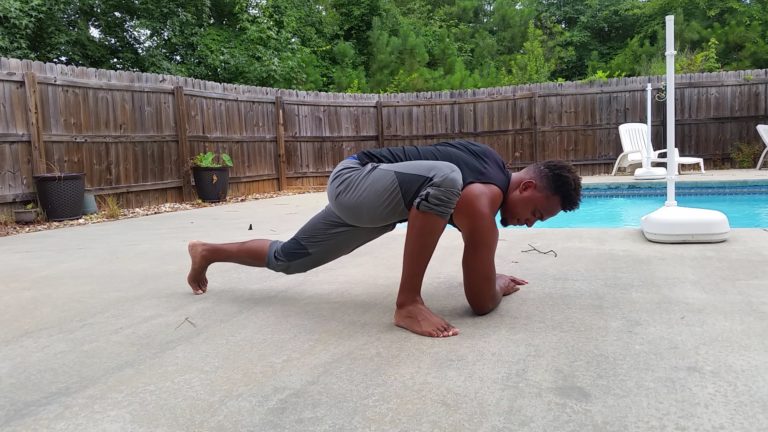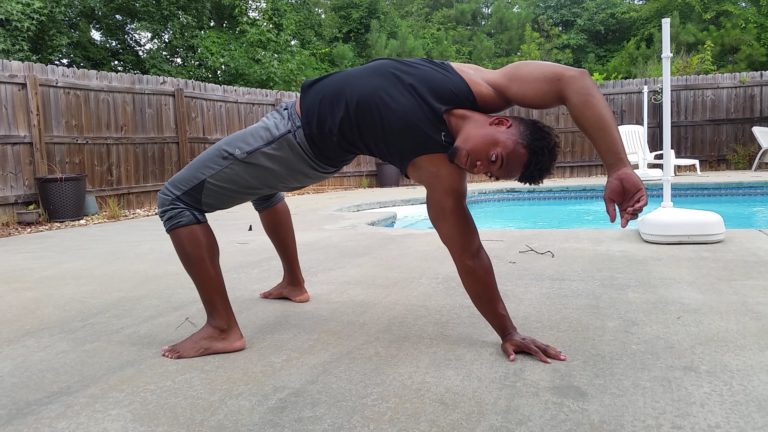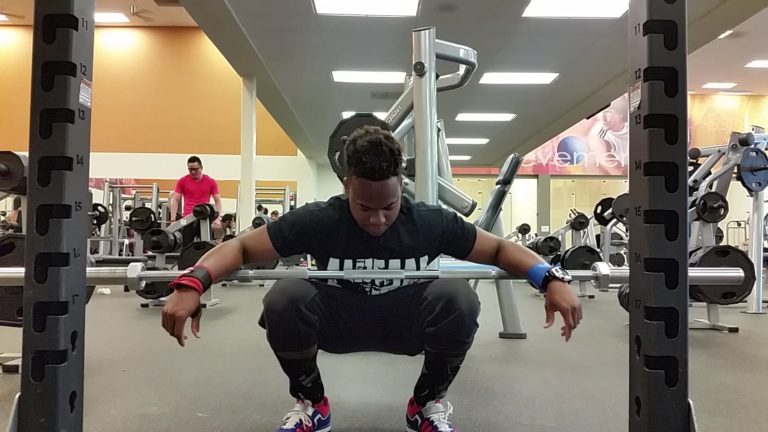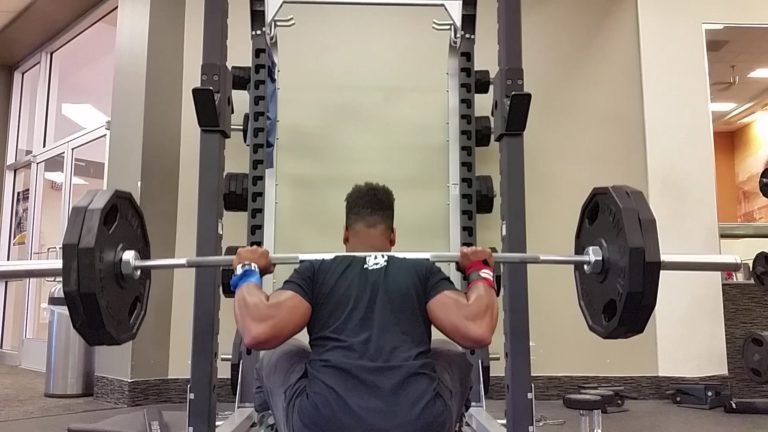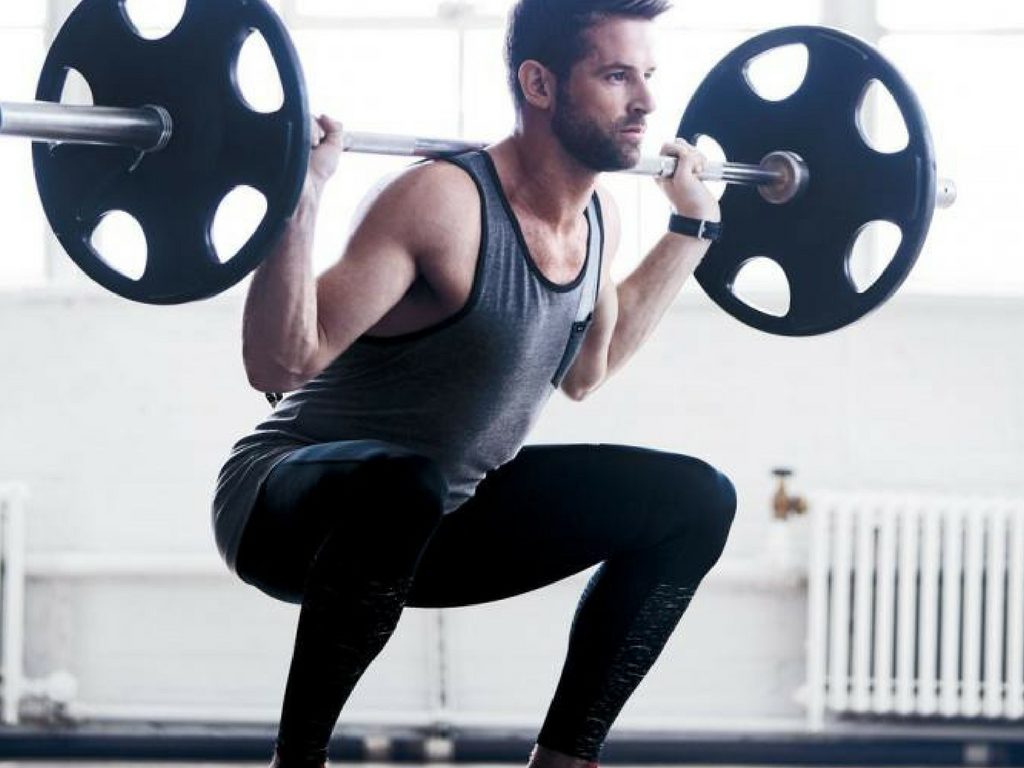One of the most common mistakes that people make in the gym is setting cardio as priority number one. The first thing most people do when they first enter the gym is hop on a treadmill, elliptical, or recumbent bike. In a society plagued with overwhelming levels of obesity, cardio becomes an obsession, due to the belief that its the best and quickest way to lose weight. The truth is, resistance training should be priority number one if your goal is weight loss, and body re-composition. Let’s talk about 3 reasons to not do cardio before lifting.

Lifting is way better than cardio for weight loss
First lets talk about cardio and its primary focus. The purpose of cardio is implied in the name “cardio” as in training your cardiovascular system. There is great benefit to improving your cardio performance, and you’ll even lose some weight from it, but primarily focusing on cardio for weight loss will cause you to neglect training the bodily systems that use the most fat for energy.
Its during rest and other low intensity activities where you burn the most fat. This is why cardio activity like running isn’t the best for fat reduction and definitely not good for your knees. You’re better off walking long distance rather than running. During your workout, your body will use carbs for energy which brings me to my next point. If fat is mostly used during rest, it would be wise to prioritize the activity that causes the most energy usage after the workout (rest). That activity is weight lifting, or resistance training in general.
The reason for this is recovery. It takes longer and requires more energy for the body to recover from lifting than cardio does. I wouldn’t tell you to completely cut out cardio, but if you’re gonna do it, do it at the end of your workout, or on days where you’re not lifting.
3 Reasons To Not Do Cardio Before Lifting
Cardio Before Lifting Will Hurt Your Training Performance
You only have a certain amount of energy to give within your workout, so you don’t want to be wasting it on cardio if you’re trying to build muscle and drop body fat. Lifting or any type of resistance training only builds muscle if the muscle is challenged and stimulated enough. You won’t be able to really challenge your muscle enough if you’re fatigued.
Cardio Before Lifting Will Hinder Movement Quality
When I say movement quality I mean muscular function and range of motion. The reason why this happens is because pre-exhausting the body will cause certain muscles to not fire with the amount of force that they are supposed to. For example, running can cause fatigue and tightness of the quadriceps and calve muscles, often results in excessive stress at the knee joint, hip, and lower back. This will not only hinder movement and create discomfort, but it often results in various injuries.
Cardio Before Lifting Can Lead To Over Training & Muscle Loss
Overall work volume is a big component to effective training. One of the fatal flaws that hold most people back from their fitness goals is doing too much! Doing cardio and then pushing your body through a rough lifting session on a consistent basis can lead to over training and muscle loss. A lot of work and not enough recovery leads to frustration and often causes people to lose motivation and quit. For more info on how over training works, read this.
The Perfect Warm Up
As far as warm ups go, the best way to warm up is to work your way through a couple of dynamic mobility exercises that specifically prep the muscle groups you’ll be using in that training session. For example, if you’re going to be doing legs, prep and get blood flow to the muscles that move your hips, knees and ankles.
Tribe By Noire
I’ve created this platform to help you become the most powerful version of yourself through fitness, plant based nutrition, and mindset coaching.
copyright © 2018 Tribe By Noire. All Rights Reserved
